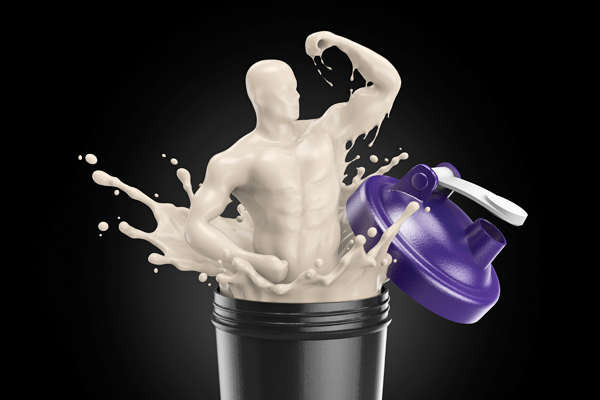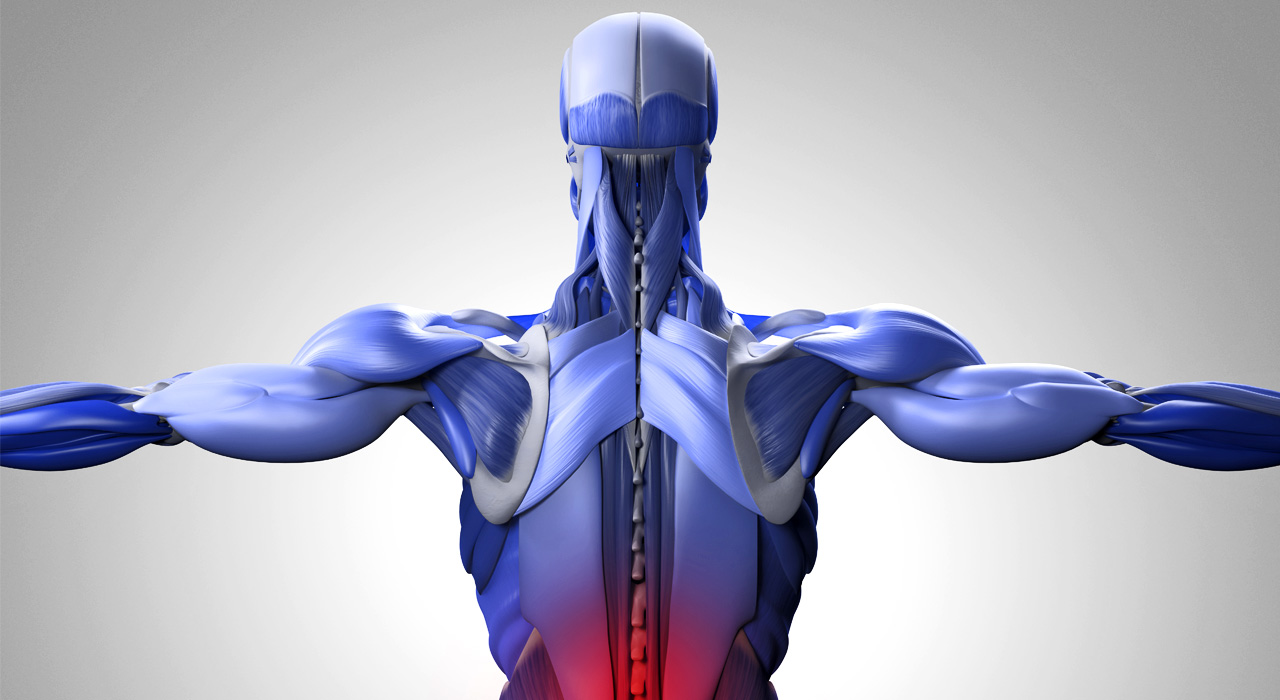Every month in the print edition of TRAIN magazine (or the PDF version which you can download for free by signing up to our newsletter), we take a look at the latest studies and condense them into small, actionable pieces of information for you, the reader.
The word restriction in a print magazine means that sometimes the studies aren’t expanded on as much as they need to – that’s where our magazine author, digital editor and WBFF Pro athlete, Altug Kop comes in to fill in the blanks.
The full story behind the details – Muscle, Issue 45
Race to the Shake
What we originally said in the magazine :
It’s usually a race to the protein shake post-workout with gym bro’s slamming down their whey fix within 9.52 seconds of squeezing out their last rep. But, fresh research from the lab of the Department of Health Sciences say you should pump your brakes. Whether you downed your 25g of whey protein before or after you go to war with the iron didn’t matter for stacking up maximum gains. The anabolic window is open far wider than we once thought.
The full story :
This is actually true for the most part. The only thing I’d elaborate on for our readers is that different scenarios call for different protocols. In some situations, downing your protein shake as soon as you can will be important. Let me give you some context; you’ve had a pretty hectic day and in your flapping around, you missed your pre-workout meal. Your last meal before your workout was 3 hours ago. Your workout lasts for 2 hours, in which case, you’ve likely gone 5 hours without a solid dose of protein. This is a scenario where I’d try to get a shake in either intra-workout or pretty soon after my workout to keep anabolic.
In a second scenario, you may have had a protein-rich meal an hour before your workout. This makes getting that post-workout shake in so quickly after your workout not the life-and-death situation we’ve been led to believe. As long as your meals are spaced apart fairly evenly, (every 3-4 hours or so) you’ll always have an overlap of nutrients from one meal to the next.
Basically, the answer to the question “Do I need to slam down a protein shake immediately post-workout?”, it depends on your situation.

Auf Weidersen, GVT.
What we originally said in the magazine :
German Volume Training, the popular 10 rep x 10 set protocol for muscle growth is often used to shock muscles into growth. However, you might be pummeling them into submission instead of stimulation found the Journal of Strength and Conditioning. Another group using half the volume (5 sets) found greater increases in not only strength, but muscle growth too. Cut the routine in half across two training sessions and your pals will be asking how you’re getting bigger with less.
The full story :
This study may have surprised some people, but it didn’t me. 10 sets of 10 is intense, right? Sure, it’s made even more intense by the minimal 60 second rest period allowed between each set. Well, that depends how you define “intensity”. As we know, volume is the main driver of hypertrophy and taking a 60 second rest period between sets generally means you won’t be able to handle as heavy a load across 10 sets, or if you can, your reps will suffer as you head towards latter sets. Is that more or less intensity than the guy going 5 x 5, taking more rest but able to crank out more reps with more weight? In my world, the 5 x 5 guy is using more intensity with a higher volume load (weight x reps x sets).
Is GVT useless? Of course not. There are situations where it’s still a more than viable way to build muscle. For example, the time restricted would likely get more out of german volume training than if they tried a 5 x 5 protocol with the required rest times. As always, the unsexy answer to almost all fitness questions is “it depends”
Start Weak, Finish Strong
What we originally said in the magazine :
Genetics are the blueprint for our shape and size but fascinatingly, getting a head start over your peers if you start off with more muscle isn’t always an advantage. In comparisons with 8 strains of mice, some starting beefier, some smaller, gains didn’t always favour the naturally large. Starting size was found to be a poor predictor of progress which is good news for you skinny guys – get started now and you may overtake that mate who is annoyingly buff.
The full story :
The truth is, this is way out of my scope of practice. I’m not a genetic engineer. I can only provide you with words of caution and hopefully, wisdom.
The first word of caution is that these were studies on mice so may not transfer into the real world. Certainly don’t discard mouse studies, though – plenty of scientific progress in humans started on mice. Just something to be aware of.
The second word of wisdom is, who gives a shit? It’s micro-management (which many bodybuilders must do in fairness) that 99% of lifters just do not need to concern themselves with. At worst it’s an excuse to sell yourself short at the gym and avoid hard work if you figure out you’ve got “bad genetics”. Sure, you might not be in the elite 5% but for 90-95% of us mere mortals, gains will come in varying speeds.
You just need to stick at it. There are certain things you can look at such as your bone structure or muscle insertions – wide clavicles tend to mean you can get wider. Muscles that attach longer can potentially carry more mass but it’s something you can’t change, so why worry?
If you’re still curious, I can recommend Dr Casey Butts natural potential calculator which is the most data-driven calculator online for predicting how much muscle you can build naturally.







